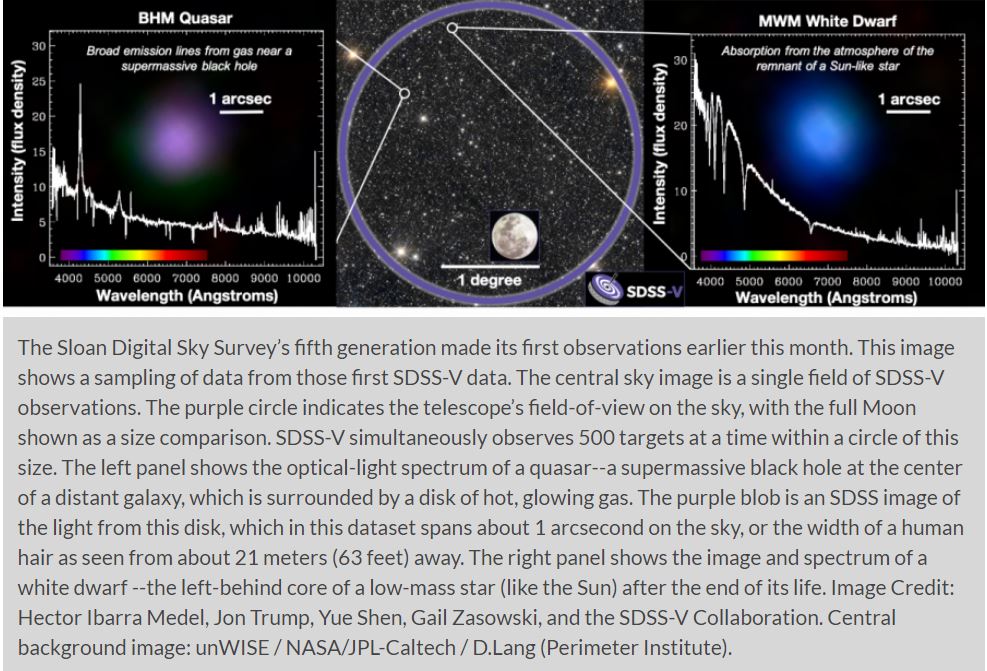
Photo: Getty Images
Magnetic activity plays key role in exoplanet habitability. Astronomers have found evidence that some stars boast unexpectedly strong surface magnetic fields, a discovery that challenges current models of how they evolve.
In stars like our sun, surface magnetism is linked to stellar spin, a process similar to the inner workings of a hand-cranked flashlight. Strong magnetic fields are seen in the hearts of magnetic sunspot regions, and cause a variety of space weather phenomena...
Read More








Recent Comments